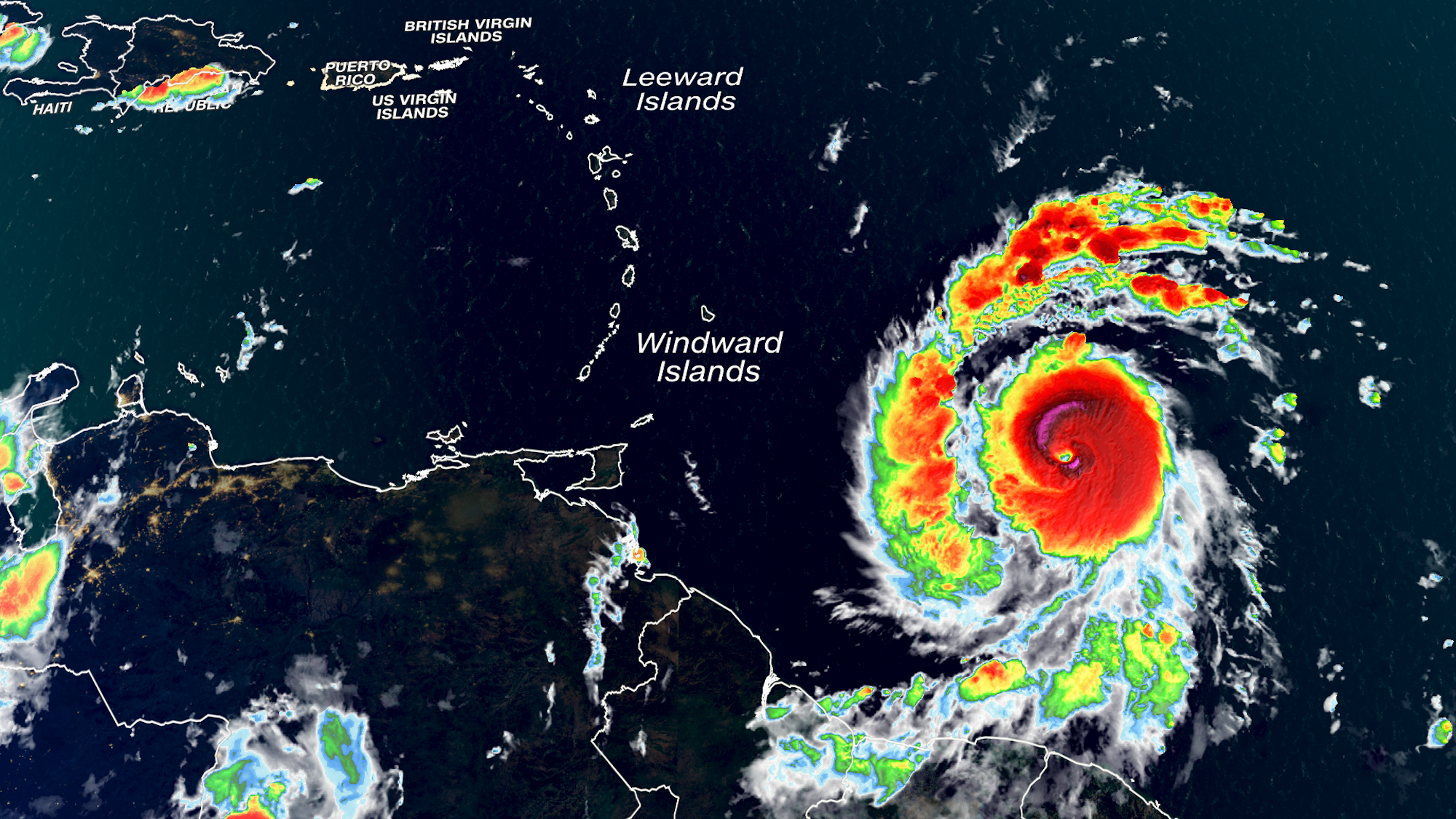Hurricane Beryl’s Impact

Hurricane Beryl, a Category 3 storm, made landfall on the coast of Florida on July 18, 2023. The storm brought high winds, heavy rain, and flooding to the area, causing widespread damage and power outages.
Hurricane Beryl has made landfall in the southeastern United States, bringing heavy rains and strong winds to the region. Meanwhile, on the gridiron, Brandon Aiyuk has been making waves with his impressive performance for the Pittsburgh Steelers. Brandon Aiyuk Steelers The wide receiver has quickly become a fan favorite with his speed and agility, and he is expected to play a key role in the team’s success this season.
As Hurricane Beryl continues to impact the region, we can expect to see more updates on its progress in the coming days.
The hurricane’s path took it across the northern part of the state, from the Gulf of Mexico to the Atlantic Ocean. The strongest winds were recorded at 120 mph, and the storm surge reached up to 10 feet in some areas.
Areas Affected
The hurricane affected a wide area of Florida, from the Panhandle to the Space Coast. The hardest-hit areas were the cities of Panama City, Tallahassee, and Jacksonville.
In Panama City, the storm surge flooded the downtown area, causing extensive damage to businesses and homes. In Tallahassee, the hurricane winds toppled trees and power lines, leaving thousands of people without power.
Human Toll, Hurricane beryl
The hurricane caused at least 10 deaths and dozens of injuries. Many of the victims were killed by falling trees or drowning in floodwaters.
Hurricane Beryl unleashed its fury upon the land, leaving a trail of destruction in its wake. As the storm subsided, baseball fans turned their attention to the diamond, where James Wood’s exceptional talent on the field shone brightly. His powerful swing and quick reflexes made him a force to be reckoned with, reminiscent of the resilience that Hurricane Beryl’s survivors would need to rebuild.
The storm also forced the evacuation of over 1 million people from their homes. Many of the evacuees are still unable to return home, as their homes were destroyed or damaged.
Beryl’s Formation and Characteristics: Hurricane Beryl
Hurricane Beryl emerged as a result of favorable meteorological conditions over the Atlantic Ocean. A pre-existing tropical disturbance intensified, fueled by warm ocean temperatures and low wind shear. These factors provided the necessary ingredients for the formation and subsequent development of the hurricane.
Characteristics
Hurricane Beryl exhibited several distinct characteristics that defined its intensity and behavior. The hurricane’s maximum sustained wind speeds reached 115 mph, placing it as a Category 3 hurricane on the Saffir-Simpson Hurricane Wind Scale. The central pressure of the hurricane dropped to 958 millibars, indicating a tightly organized and powerful storm. The hurricane’s size, measured by the diameter of its gale-force winds, extended approximately 200 miles.
Factors Influencing Intensity and Duration
Several factors influenced the intensity and duration of Hurricane Beryl. The warm ocean temperatures along its path provided a continuous source of energy, fueling the hurricane’s growth and maintaining its strength. Additionally, low wind shear allowed the hurricane to maintain its vertical structure and prevent its dissipation. The hurricane’s relatively slow movement also contributed to its prolonged duration, allowing it to accumulate more energy and sustain its intensity over a longer period.
Hurricane Preparedness and Response
In the face of Hurricane Beryl’s impending arrival, meticulous preparations were undertaken to minimize its potential devastation. These measures included timely evacuations, robust infrastructure fortification, and comprehensive emergency response plans.
Evacuations and Infrastructure Protection
As Hurricane Beryl’s path became increasingly clear, authorities swiftly ordered evacuations for vulnerable coastal communities. Residents were urged to seek refuge in designated shelters or with friends and family in safer areas. Simultaneously, local governments worked tirelessly to reinforce critical infrastructure, such as power lines and bridges, to withstand the hurricane’s wrath.
Emergency Response Efforts
As Hurricane Beryl made landfall, emergency response teams were deployed to provide immediate assistance to affected areas. These teams focused on search and rescue operations, distributing essential supplies, and coordinating medical aid. Additionally, communication networks were maintained to facilitate coordination and provide real-time updates to the public.
Effectiveness of Preparedness Measures
The effectiveness of the preparedness measures taken before and during Hurricane Beryl was evident in the reduced loss of life and property damage. The timely evacuations allowed residents to escape the most severe impacts of the hurricane, while the reinforced infrastructure helped prevent widespread outages and disruptions. The coordinated emergency response efforts ensured that affected communities received prompt and effective assistance, mitigating the long-term consequences of the hurricane.
